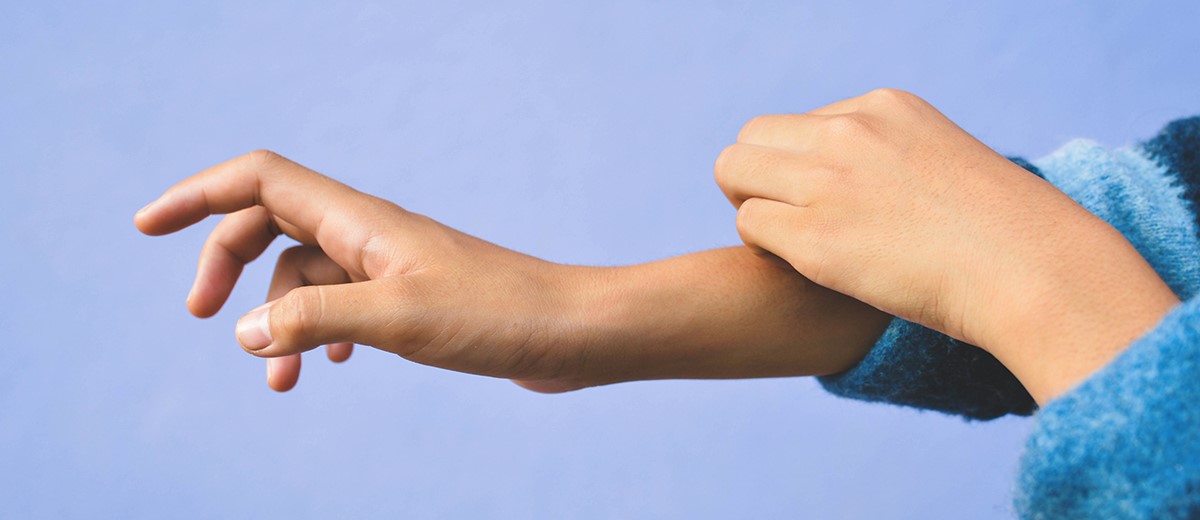As winter approaches and temperatures drop, many students may find themselves bundling up and bracing themselves for the chilly weather. However, for some students, the cold can be more than just an inconvenience - it can actually trigger an allergic reaction. Cold urticaria, a condition commonly characterized by the development of hives or welts on the skin in response to cold temperatures, can be particularly challenging for students who have it. These students may experience discomfort, pain, and embarrassment when exposed to cold temperatures, making it difficult to participate in outdoor activities like recess or sports. In severe cases, the cold exposure can even cause anaphylactic shock. As a result, schools need to be aware of cold urticaria and prepared to help students manage it effectively.
What causes cold-induced urticaria?
Cold urticaria can be triggered by exposure to cold air (including air conditioning), cold water, handling cold objects, or even eating something cold like ice cream. The body's immune system reacts to the cold by activating mast cells, which then release histamine and other inflammatory mediators, causing various symptoms outlined below. While the condition can be hereditary and, in some instances, secondary to other systemic conditions, most cases of cold-induced urticaria in children are of idiopathic origin.
What are the symptoms of cold-induced urticaria?
The symptoms of cold urticaria can vary from student to student. Some may experience a mild, localized reaction, while others may have a severe systemic reaction that requires immediate medical attention. In most cases, symptoms appear within 2-5 minutes after exposure and persist on average for 1-2 hours. Common symptoms include hives, itching, swelling, and redness to the area exposed to the cold stimulus. Additional symptoms may include joint pain, fatigue, or headache. While rare, there is also a very real risk of developing more serious symptoms like fainting, heart palpitations, difficulty breathing, and experiencing anaphylaxis.
How can schools support students with cold-induced urticaria?
Cold urticaria can have varying long-term prognoses. While in some cases, it may resolve on its own within a few years, in other cases, it can persist for a lifetime. The most effective management involves avoiding cold exposure, and school nurses play a critical role in supporting students with cold urticaria in the school setting.
- Encourage Dressing Appropriately
The most common trigger of cold urticaria is exposure to cold air, so it's essential to encourage students to dress appropriately. Warm clothing such as gloves, hats, and jackets can prevent their skin from exposure to the cold air. If necessary, students with cold urticaria may have to be excused from recess or outdoor activities if temperatures are too cold - to promote inclusivity, consider allowing a friend or two to stay indoors with them.
- Ensure a Safe Environment
If a student has cold urticaria, it's essential to ensure a safe environment at school. This includes providing them resources to avoid specific triggers (no cold foods or ice packs if they're injured!) and careful precautions around swimming, which is the most common cause of a severe cold urticarial reaction.
- Have an Action Plan
In addition to providing necessary accommodations and obtaining appropriate orders to administer antihistamines to treat local reactions, establishing an emergency action plan for each student is vital to managing severe cases of cold urticaria. Ensure you have all the necessary medical equipment and supplies, such as epinephrine auto-injectors, to treat anaphylaxis. Also, create a protocol on how to respond to emergencies.
- Educate Staff and Students
Ensure that your staff and students understand the risks of cold urticaria. It's essential that they are aware of the signs and symptoms and what to do in case of an emergency.
Unfortunately, cold urticaria is not very well understood, which can result in stigmatization or bullying at school. By being proactive and with appropriate preparation and collaborative communication, schools can build warm environments and warm-hearted communities for students with cold urticaria.





